Case 1: Global eCommerce Platform
Providing consistent service and smooth experience over multiple regions would be a primary goal. The platform should be able to accommodate a variety of inventory across different regions. The database should be SQL based and consistent with ACID transactions.
Suitable AWS database:
- Amazon DynamoDB – High-performance database with ACID attributes that can fully have a fully automated cross-regional replication facility.
- Amazon Aurora – Fully managed relational database that allows scaling across regions.
Zomato, an India-based restaurant aggregator and food delivery company handles 2.5 times more transactions after migrating its NoSQL database to Amazon DynamoDB. It was essential for the company to ensure 100% uptime of the profile database which actively provides suggestions and recommendations based on historical purchases.
Case 2: Enterprise-Level Applications
Enterprise-level applications like enterprise resource planning (ERP), customer relationship management (CRM), Inventory management and many others require highly scalable relational databases that provide data consistency while also being cost-effective.
Suitable AWS database:
- Amazon RDS – This service automates all database administration operations and supports six different relational database engines.
Freshworks, a Saas company migrated to AWS and scaled up using Amazon RDS to focus their small team on building software and not managing infrastructure. The company achieved improved productivity and increased throughput every year.
Case 3: Real-Time Applications with Minimal Latencies
Working in real-time would require in-memory databases to process data and deliver insights with minimal wait times. This is essential when you consider ride-sharing services like uber and streaming services. A suitable database should be able to automatically scale itself and serve multiple regions.
Suitable AWS database:
- Amazon MemoryDB for Redis – Redis compatible, durable, in-memory database service that stores data in-memory across hundreds of nodes.
- Amazon ElastiCache –In-memory data storage service ideal for analytics and business intelligence applications
- Amazon DynamoDB – High-performance database with ACID attributes that can fully have a fully automated cross-regional replication facility.
Case 4: High-Performance IoT Applications
Scaling and managing a database for IoT applications can be tricky and depends mostly on the type of device used. The speed at which data is transferred can vary from device to device. But on the AWS end, a database has the ability to scale in multiple regions and can process a huge number of requests per day. Paired with the AWS IoT suite of services, an application can take advantage of edge computing and cloud computing to get the desired results.
Suitable AWS database:
- Amazon DynamoDB – High-performance database with the ability to process 10 trillion requests each day. Fully automated that is highly scalable across multiple regions.
Coca-Cola icecek (CCI) used AWS IoT suite of services and Amazon DynamoDB to improve its operational performance and build a scalable analytics system. They were able to communicate between the IoT devices and CCI operators to provide solutions to increase asset optimization, prevent downtime and bring more insights into their industrial processes.
This concludes our guide to AWS Databases and we hope that this made helped you choose the right database for your project. If you’re still having any issues, please feel free to reach out to us. Stanra Tech Solutions is a Select AWS Consulting Partner that can help with your business problems arising in cloud development. Connect with us or visit us on our website.

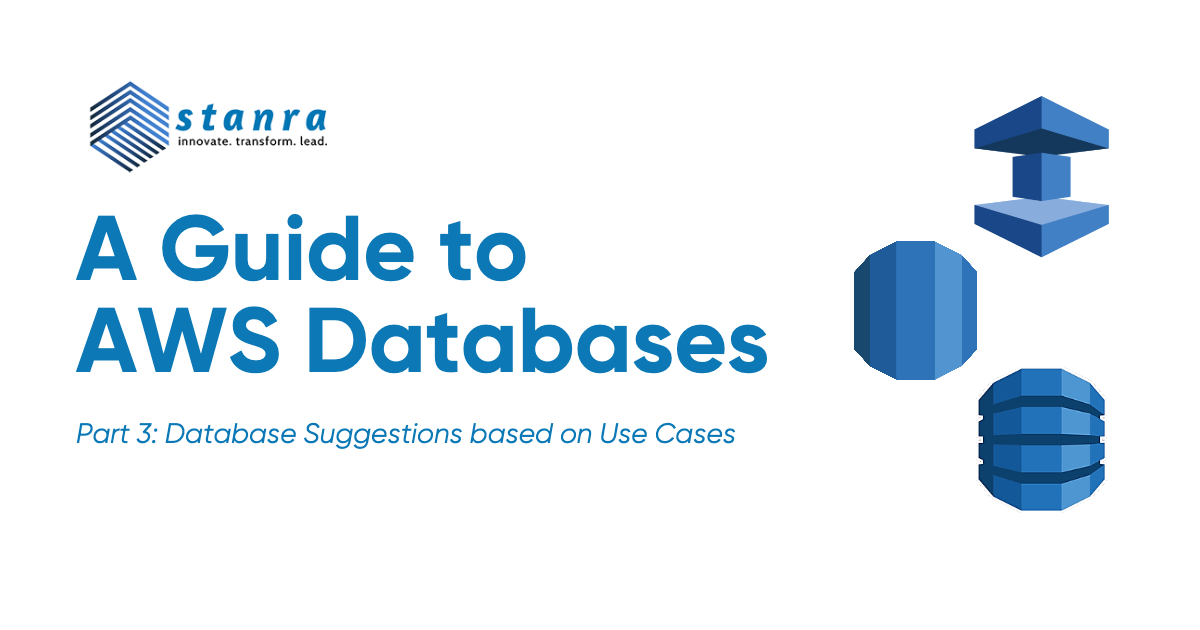

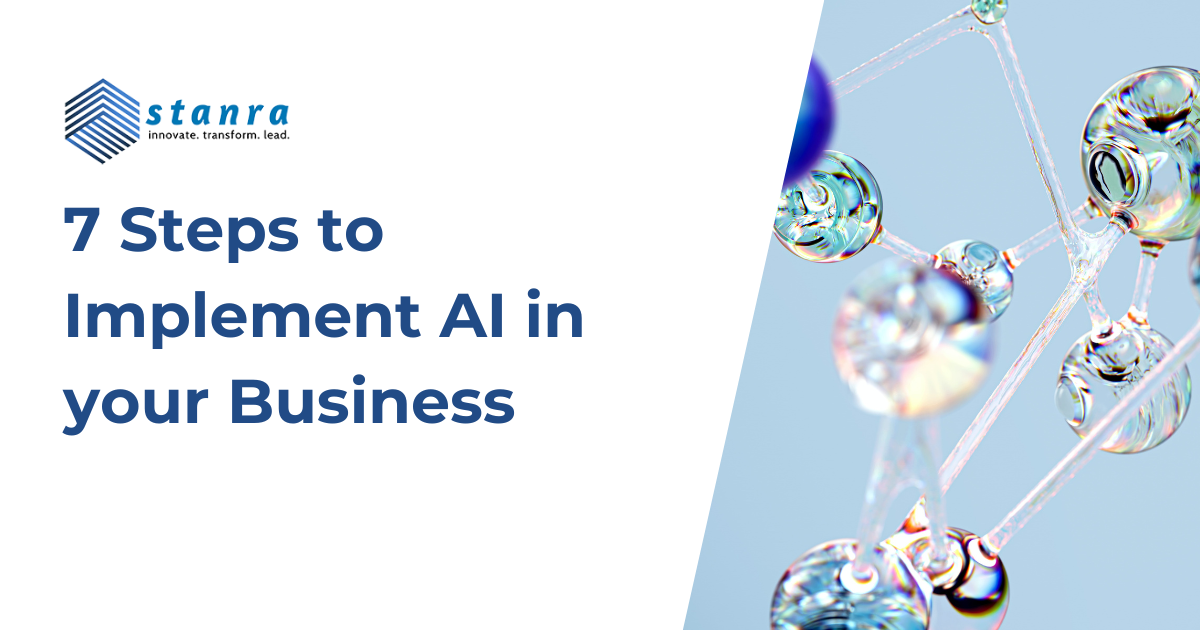
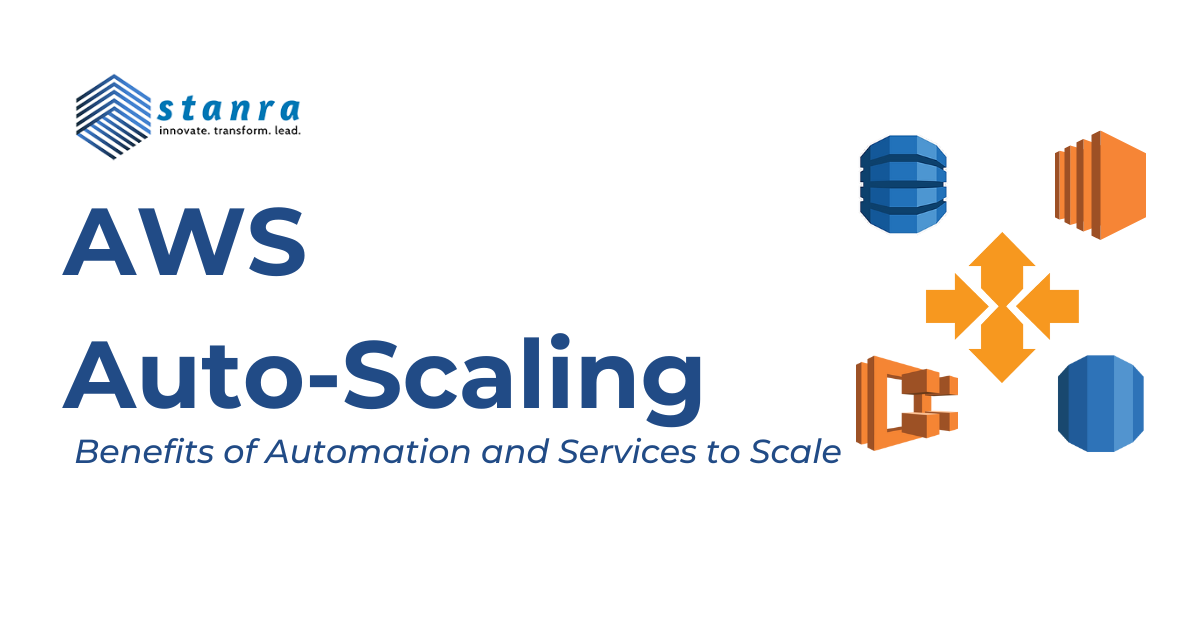
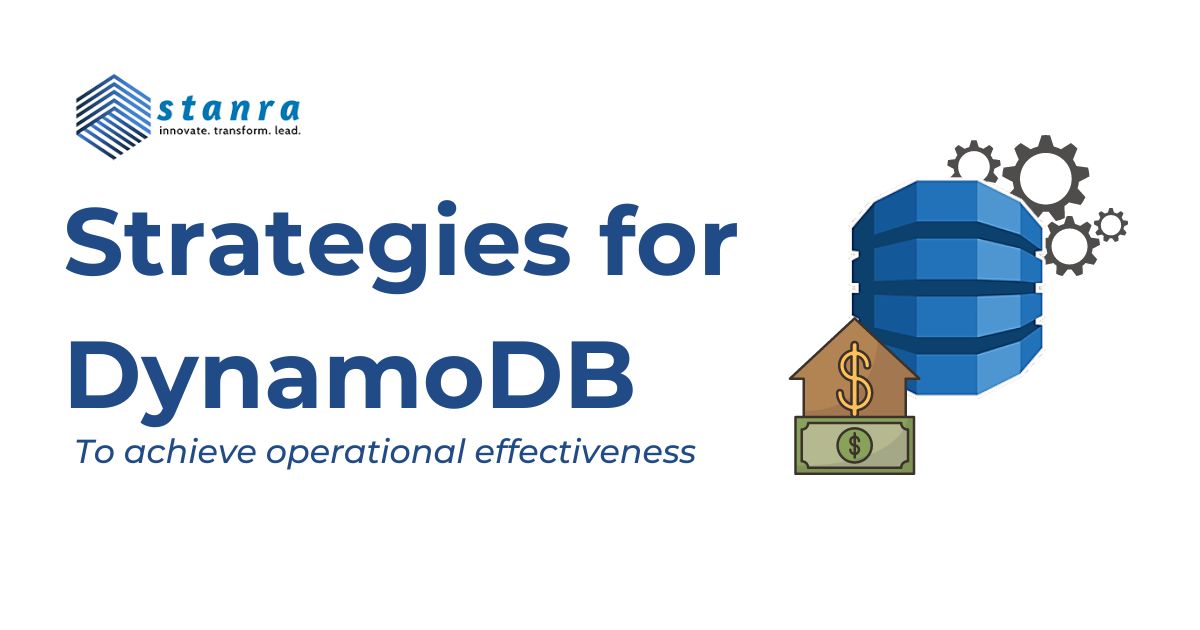
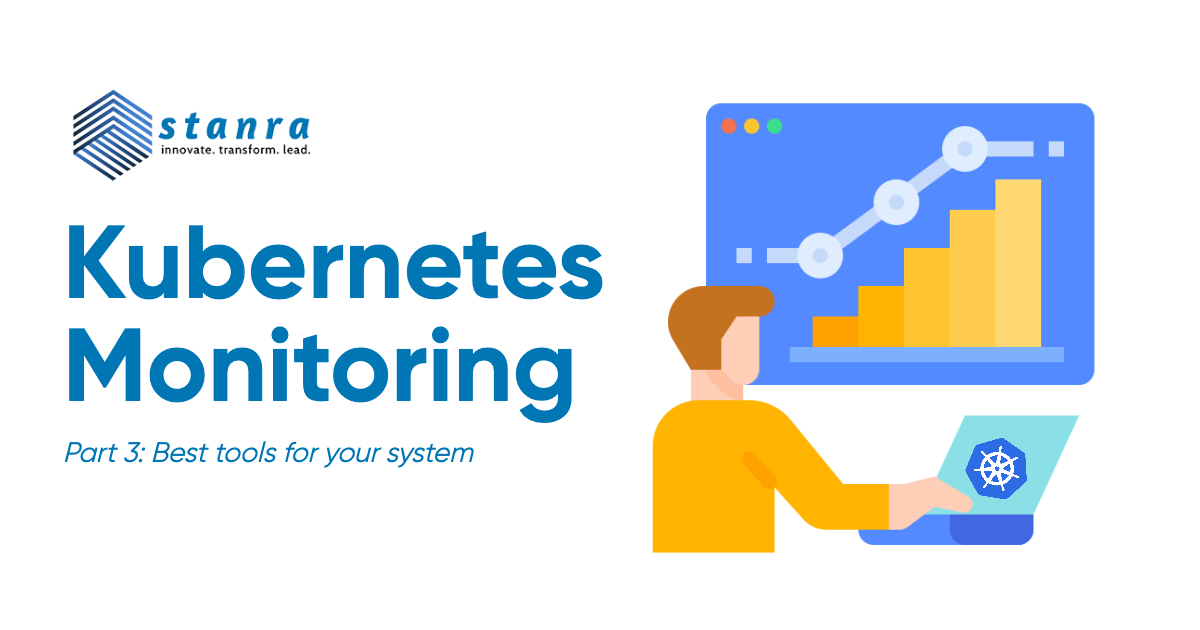
Leave A Comment